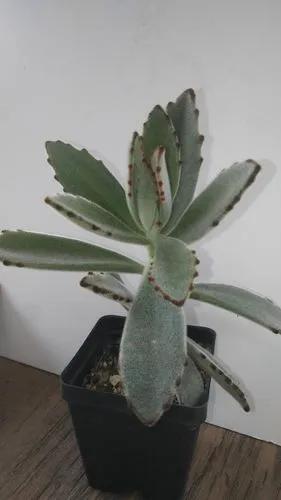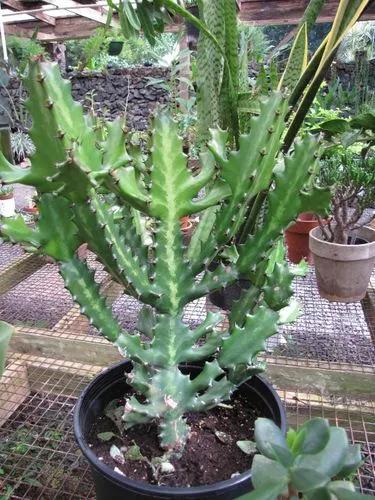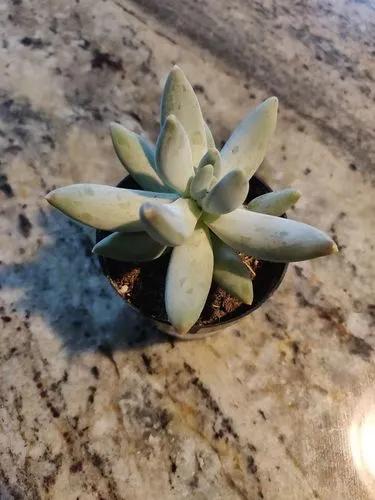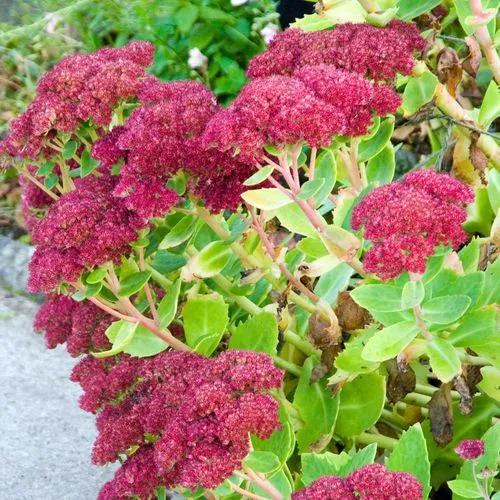Hoya Carnosa Crispa Variegata is one of the hoyas with thick and curled variegated stems. Hoyas are popular for their wax-like star-shaped flowers. The flowers on this Hoya are a light pink, the new flowers grow from the spurs of old flowers.
Hoya Carnosa Crispa Variegata’ Care
Hoya Carnosa Crispa Variegata’



How to Care for the Plant

Water

The Hoya Compacta is semi-succulent, so it can survive with minimal watering. You should maintain slight moisture in the potting soil. Inspect the top 2-3 inches of the soil before watering or use a moisture meter.

Pruning

To repot a Hoya Compacta, carefully remove it from the pot and remove the excess soil from the roots. Check for damaged or dead roots and prune them with sterilized pruning shears. Transfer it to a container that is 2″ larger than the previous one.

Fertilizer

Fertilizer. Hoya Compacta is a light feeder and enjoys a small dose of fertilizers in the growing period. In the spring and summer season, feed the Hoya Compacta plant with a diluted water-soluble fertilizer every 2 to 3 months. The plant does not need heavy fertilizer feeding for healthy growth.

Soil

Soil. Grow the Hoya Compacta in a fast-draining mixture of potting soil that is lightweight and well-aerated. Choose a small pot with drainage holes that holds the roots of the Hoya Compacta tightly packed.

Temperature

This Hoya species prefers bright light, but will tolerate much less. Though it will tolerate low temperatures (but not freezing), the optimal temperature is 60–85 °F (16–29 °C). It can be propagated by air layering or by stem cuttings. It benefits from an open potting medium that allows some air to get to the roots.

Popularity

233 people already have this plant 48 people have added this plant to their wishlists
Discover more plants with the list below
Popular articles






